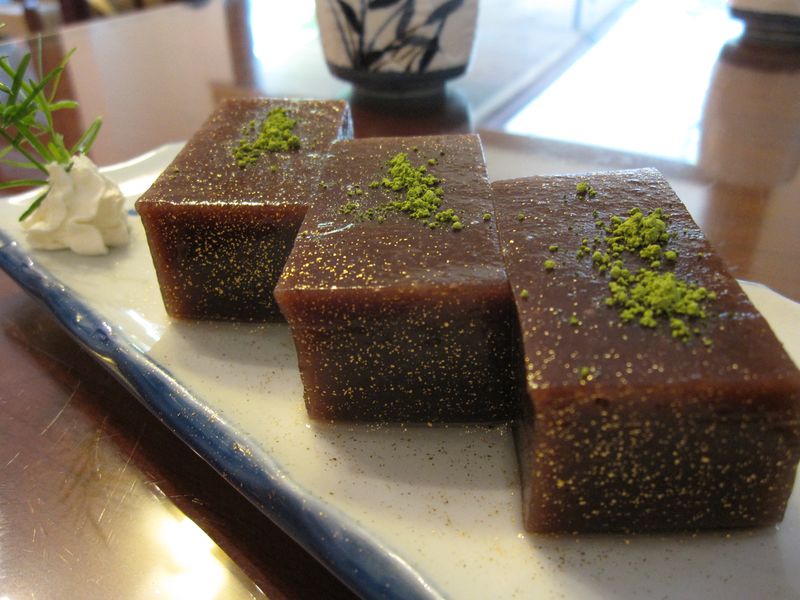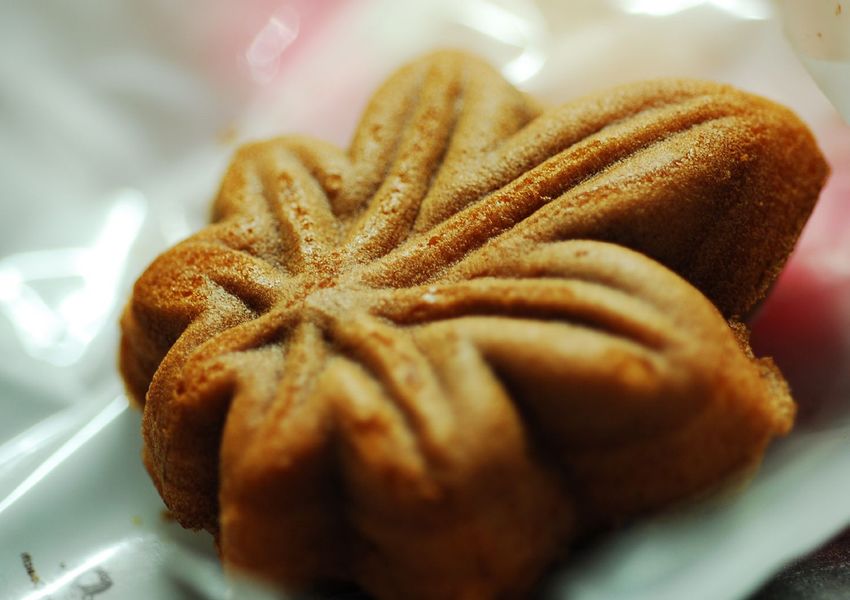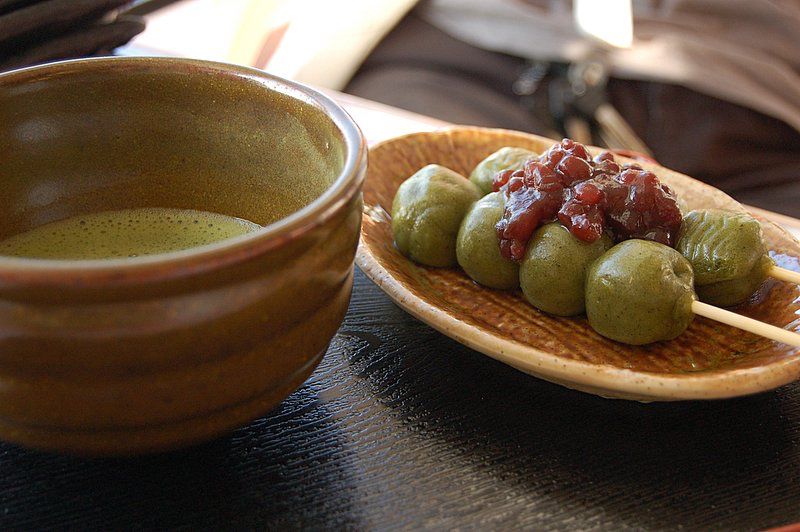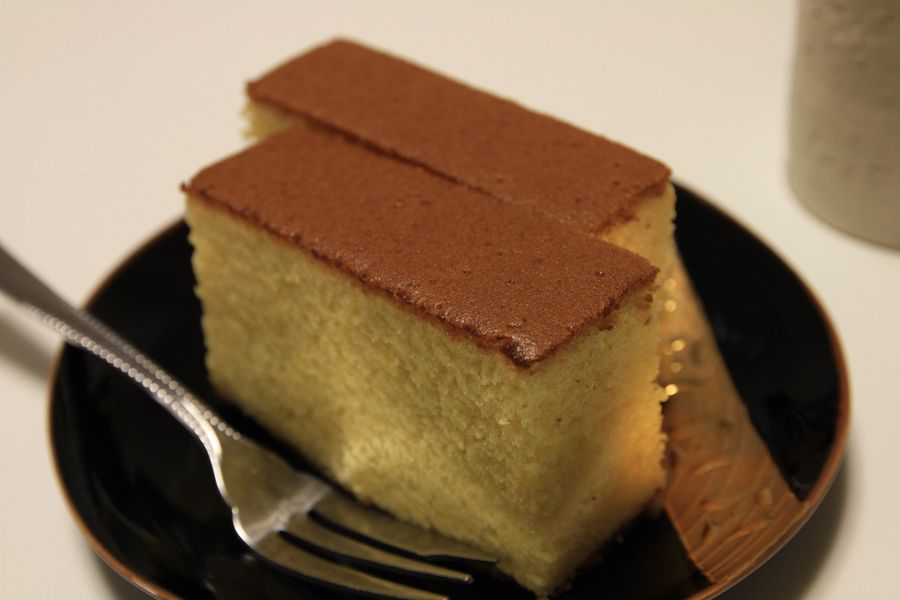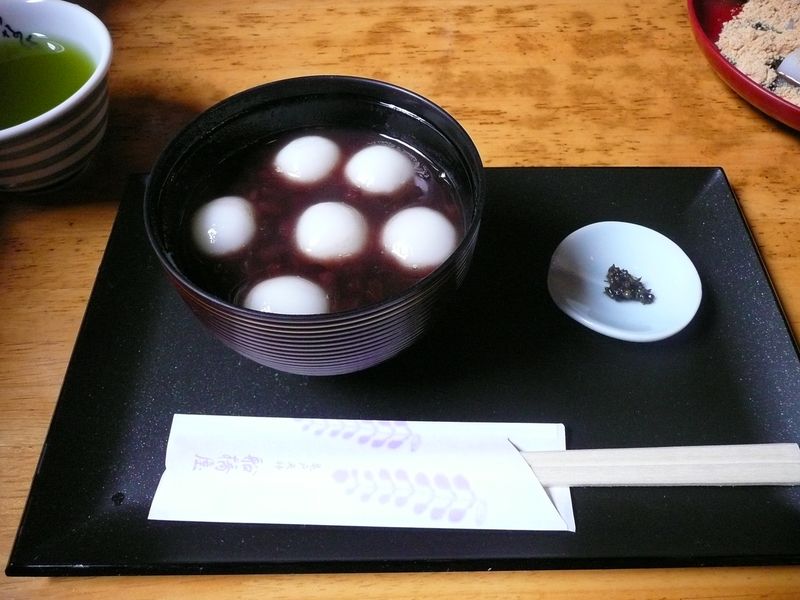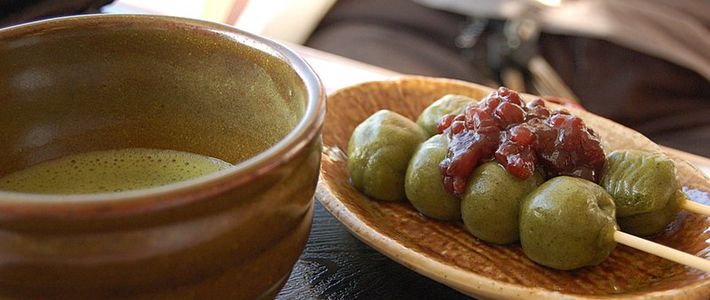
Five Japanese Sweets
Culture Lifestyle- English
- 日本語
- 简体字
- 繁體字
- Français
- Español
- العربية
- Русский
Chocolate and Western-style confections are very popular in Japan, but the nation has its own traditional treats to satisfy your sweet tooth. Here are five desserts you might want to try next time you're in Japan.
Yōkan
Yōkan is one of Japan’s older confections, having been enjoyed in various forms for over a millennium. Made from kanten, a jelly derived from boiling tengusa seaweed, its simplicity and versatility makes it one of the nation’s most popular sweets. Some common yōkan ingredients are anko (red bean paste), steamed chestnuts, and sweet potato.
Manjū
Manjū are among Japan’s more ubiquitous sweets and are staples of gift shops at tourist destinations around the country. These bite-sized steamed cakes have a thin outer layer, usually made from wheat or rice flour, and anko filling. They may also be filled with sweet potato or chestnut paste.
Dango
Dango are common snack-time treats for both young and old. These steamed or boiled dumplings are made from mochigomeko (glutinous rice flour) and are often enjoyed on kushi (bamboo skewers), slathered in anko, sweetened soy sauce, or dadachamame (green soybean) paste.
Kasutera
Kasutera (castella) is a sponge cake first brought to Japan by the Portuguese in the sixteenth century. It is firmer and sweeter than other types of sponge cakes, often with a thin layer of coarse granulated sugar added for texture and added sweetness.
Oshiruko
Oshiruko may not be the most elegant Japanese sweet, but the rich and hearty flavor of this azuki (red bean) soup makes it a popular way to stay warm on cold winter days. It is commonly served with grilled mochi (rice cake) or dango. During colder months, canned varieties are available from vending machines.
If we've tickled your sweet tooth, then check out the following "tasty" articles on Nippon.com.
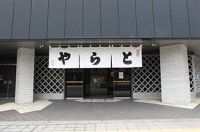 Toraya: A Sweet, Centuries-old Success Story
Toraya: A Sweet, Centuries-old Success Story
Toraya has been in the confectionery business for nearly 500 years. The company now has its sights set on popularizing its Japanese sweets (wagashi) overseas as well. Here we take a look at how this tradition-rich company has managed to keep pace with an ever-changing world.
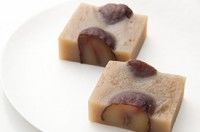 Obusedō: A Tradition of Chestnut Sweets and Local Culture
Obusedō: A Tradition of Chestnut Sweets and Local Culture
Located in Nagano Prefecture, the town of Obuse is known for its confections and chestnuts. It also boasts a unique culture, with influences dating back to Edo-period icons like the artist Katsushika Hokusai and many family-run businesses located there to this day. In recent years, these businesses have come together to restore the historical atmosphere of Obuse, ensuring that its rich past stays relevant into the future.
Photo Credits
Yōkan: Yvonne Yang
Manjū: JMiu
Dango: Nikushi Nobuhiro
Kasutera: Nakayama Norio
Oshiruko: Tsuyuguchi Masaaki
(Originally published on our Facebook page. If you liked it here, why not go and like us there?)
